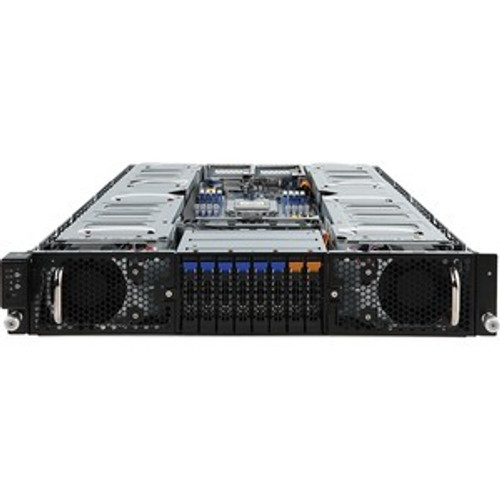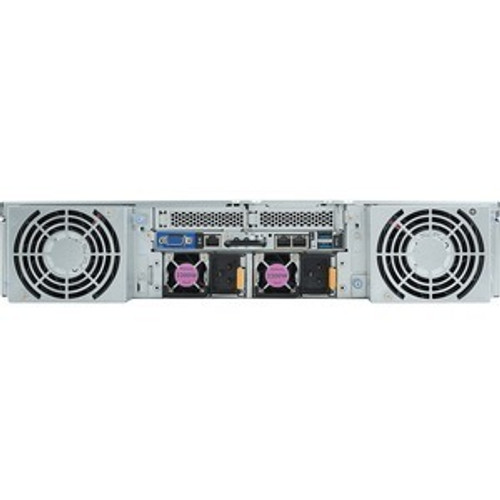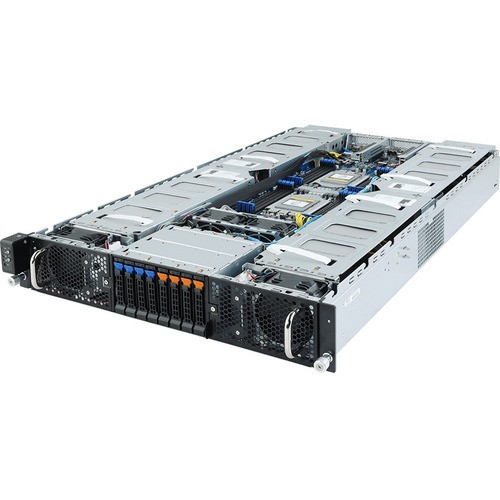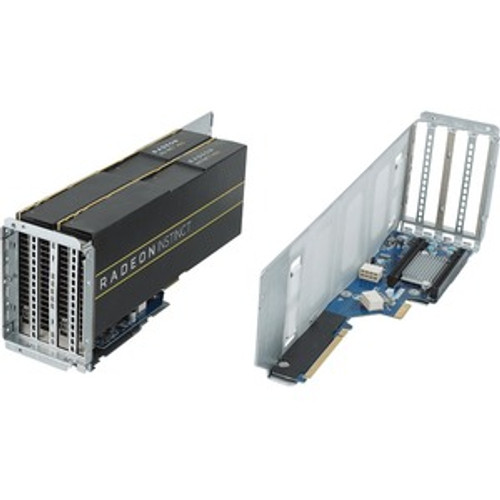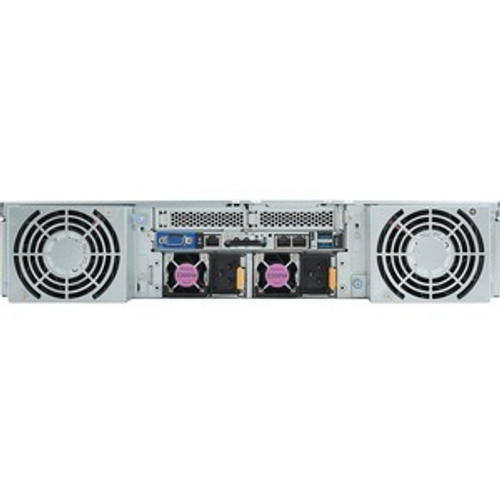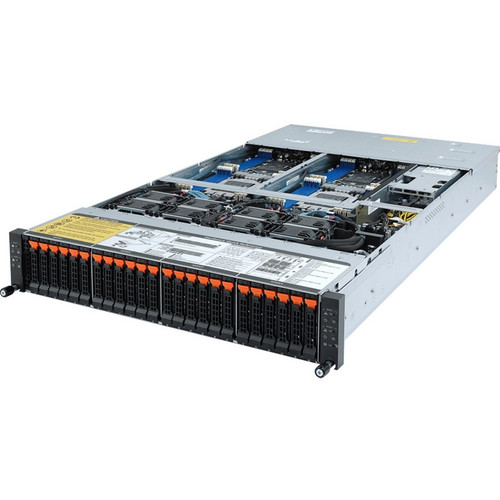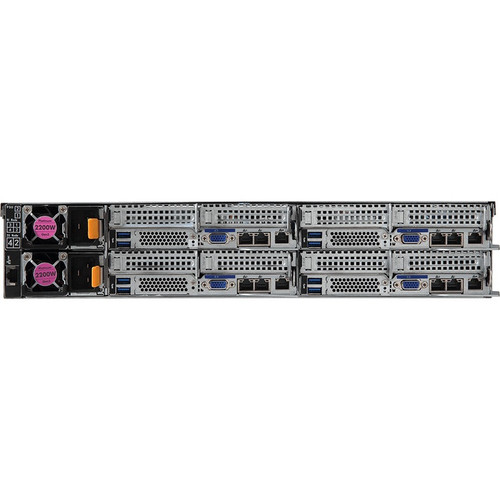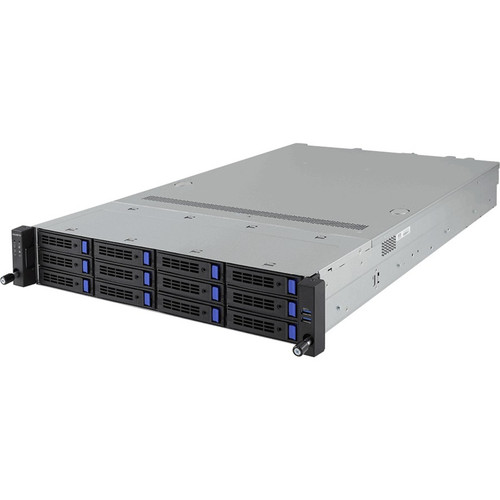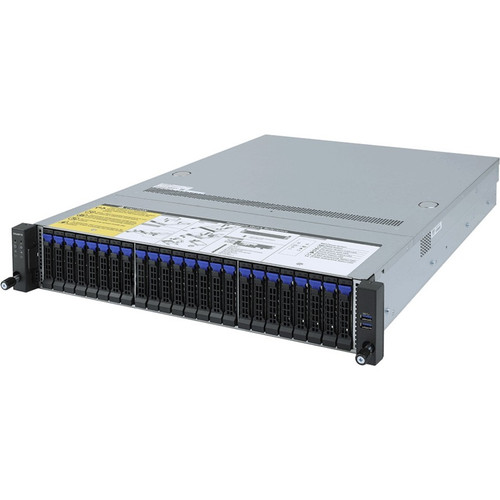Product Description
Gigabyte W291-Z00 Barebone System - Tower - Socket SP3 - 1 x Processor Support - AMD Chip - 128 GB DDR4 SDRAM DDR4-2666/PC4-21333 Maximum RAM Support - 8 Total Memory Slots - Serial ATA/600 Controller - ASPEED AST2500 Graphic(s) - Processor Support (EPYC) - Gigabit Ethernet - Supported Operating System - 5 USB 3.0 Port(s) - 2 x 1600 W - 1 Year 2X1GBE 4 X 3.5 HDD BAYS
AMD Ryzen™ Threadripper™ PRO 3000WX Processors
8-Channel DDR4 UDIMM/RDIMM/3DS RDIMM/LRDIMM 8 x DIMMs
Dual Intel® 10GbE and 1GbE LAN Ports
1x Dedicated Management Port
7x PCIe 4.0 Slots for Multi-GPU
Up to 8x 3.5” HDDs and 2x M.2 (NVMe and SATA mode)
Default 6x system Fan, and optional external 2x GPU Fan
2x 2000W CRPS RPSU 80+ Platinum
Workstation on Another Level
AMD Ryzen™ Threadripper™ PRO Processors
For the professional workstation users that rely on workloads for visual effects design or rendering, there is the AMD Ryzen™ Threadripper™ PRO. Engineering, data science, and oil & gas exploration are among the fields that need the highest possible CPU platform to handle the large amounts of data in an efficient manner.
- Leading single and multi-threaded performance
- Top performance throughput with PCIe 4.0
- AMD Secure Processor: hardware root-of-trust
- Support for administrative and remote management
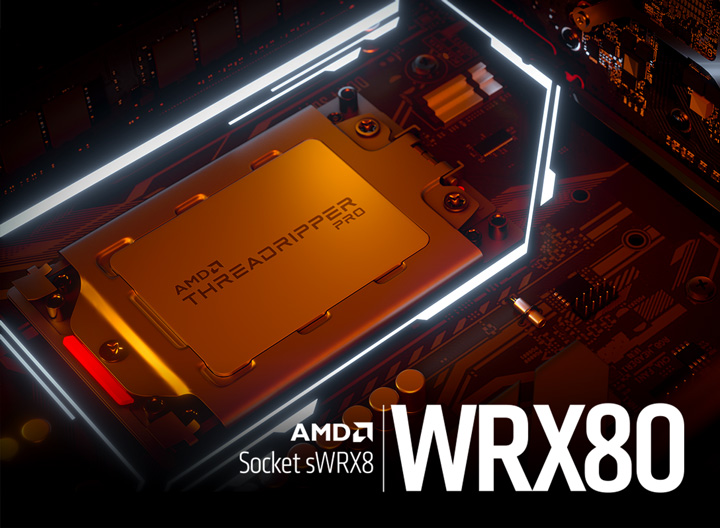
Up to 64 cores
Up to 128 PCIe 4.0 lanes
8-channel DDR4 3200MHz
Up to 2TB of system memory
Multi-GPU support
Up to 12 USB 3.2 Gen2 ports
NVMe & SATA RAID support
W771-Z00 Product Overview
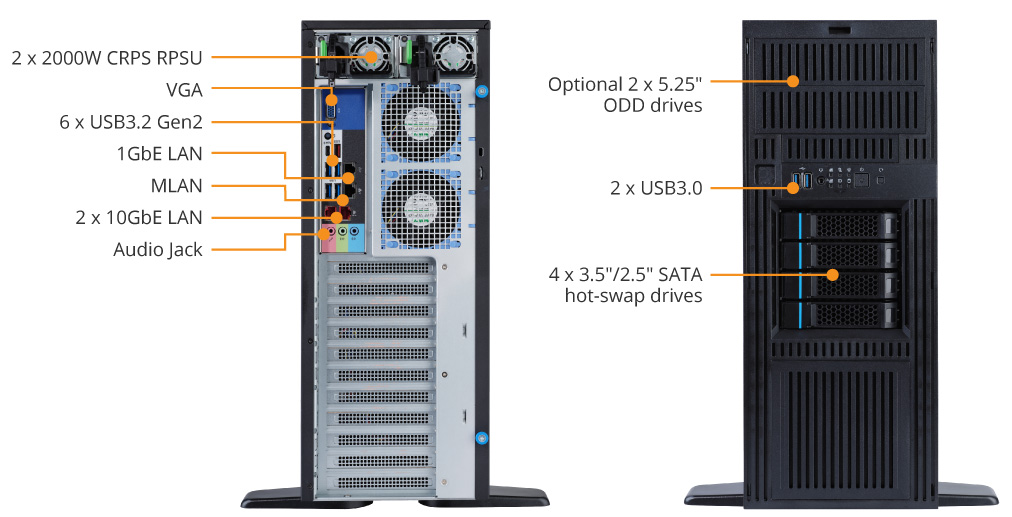
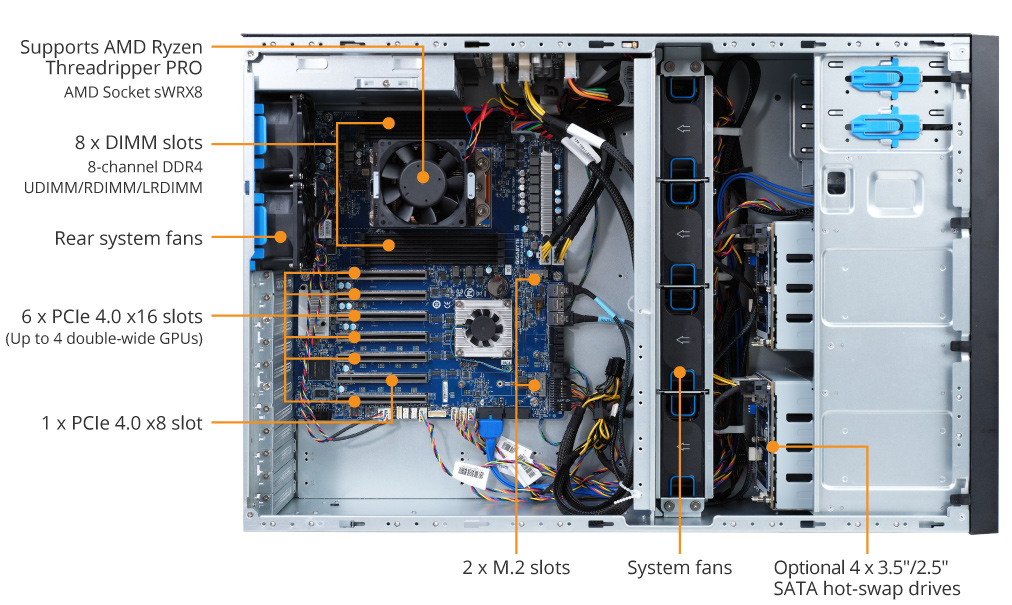
W771-Z00 System Block Diagram

Multiple Memory Type and High Capacity
8 x DIMM slots for 8-channel DDR4-3200 memory
AMD Ryzen™ Threadrippper™ PRO platform has support for multiple memory types: UDIMM(ECC) / RDIMM / LRDIMM, while supporting up to 2TB of total system memory. It can offer a flexible options for workstations.

High Performance
PCIe 4.0 Ready Design
W771-Z00 is equipped with several new components to ensure the best PCIe 4.0 signal quality, including components: PCB, PCIe slots, and M.2 connectors. M.2 interface does not compromise performance and PCIe 4.0 is supported.
Supports 4 x Double Wide Accelerators
GIGABYTE servers have been tested and validated across a range of workloads with various computing accelerators designed to deliver high levels of performance for 3D rendering, deep learning and high performance computing, which enables content creators, data scientists, researchers, and engineers to tackle challenges that were once impossible.

Storage Support
Mix Drives
Plentiful NVMe and SATA Storage options that can fulfill your hot and cold data processing requirements.
- Onboard 2 x M.22280 SSD slots (PCIe 4.0 x4 / SATAIII)
- 4 x 3.5” / 2.5” SATAhot-swap HDD/SSD bays
- Optional 4 x 3.5” / 2.5” SATAhot-swap HDD/SSD bays
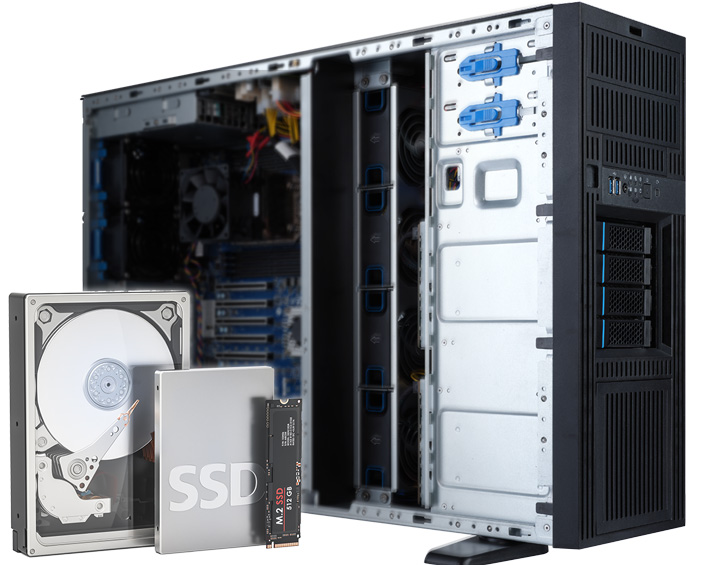
Connectivity
Dual Intel® 10GbE and 1GbE connections
The Intel® X550-AT2 adapter provides 2 ports of 10 GbE network connectivity as well as SR-IOV features. It is perfectly designed for demanding high bandwidth applications in virtualization, media centers, content creation, and data centers.

The Intel® Ethernet Controller i210-AT supports Windows Server OS with adapter fault tolerance, link aggregation, adaptive load balancing and more.
Hardware Security
Optional TPM 2.0 Module
For hardware-based authentication, the passwords, encryption keys, and digital certificates are stored in a TPM module to prevent unwanted users from gaining access to your data. GIGABYTE TPM modules come in either a Serial Peripheral Interface or Low Pin Count bus.
Power Efficiency
Automatic Fan Speed Control
GIGABYTE servers are enabled with Automatic Fan Speed Control to achieve the best cooling and power efficiency. Individual fan speeds will be automatically adjusted according to temperature sensors strategically placed in the servers.
Airflow-friendly Design
4x 8038 middle system fans to pull in cool air from the front side of the case and push it across the system components. Optional external fans can enhance air flow and can quickly remove the hot air from the case to prevent GPU throttling.
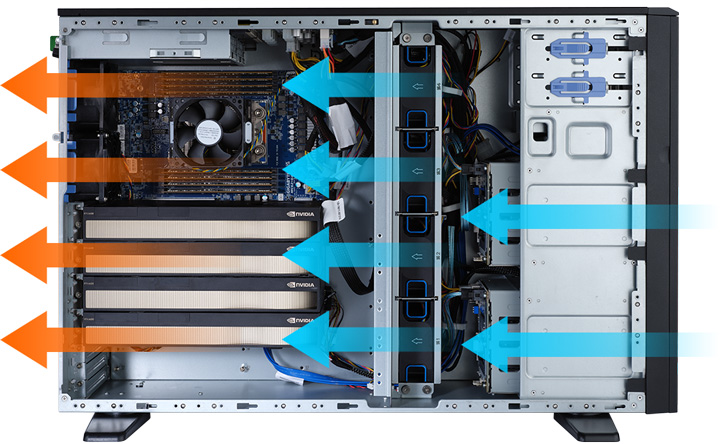
Value-added Management
GIGABYTE offers free-of-charge management applications via a specialized small processor built on the server.
GIGABYTE Management Console
For management and maintenance of a server or a small cluster, users can use the GIGABYTE Management Console, which is pre-installed on each server. Once the servers are running, IT staff can perform real-time health monitoring and management on each server through the browser-based graphical user interface. In addition, the GIGABYTE Management Console also provides:
- Support for standard IPMI specifications that allows users to integrate services into a single platform through an open interface
- Automatic event recording, which can record system behavior 30 seconds before an event occurs, making it easier to determine subsequent actions
- Integrate SAS/SATA/NVMe devices and RAID controller firmware into GIGABYTE Management Console to monitor and control Broadcom®MegaRAID adapters.
GIGABYTE Server Management (GSM)
GSM is a software suite that can manage clusters of servers simultaneously over the internet. GSM can be run on all GIGABYTE servers and has support for Windows and Linux. GSM can be downloaded from GIGABYTE website and complies with IPMI and Redfish standards. GSM includes a complete range of system management functions that includes the following utilities:
- GSM Server: A software program that provides real-time, remote control using a graphical user interface through an administrator’s computer or through a server in the cluster. The software allows ease of maintenance for large clusters of servers.
- GSM CLI: A command-line interface for monitoring and managing remotely.
- GSM Agent: A software program installed on each GIGABYTE server node that retrieves information from each system and devices through the OS, and this software integrates with GSM Server or GSM CLI.
- GSM Mobile: A mobile app for both Android and iOS that provides admins with real-time system information.
- GSM Plugin: An application program interface that allows users to use VMware vCenter for real-time monitoring and management of server clusters.
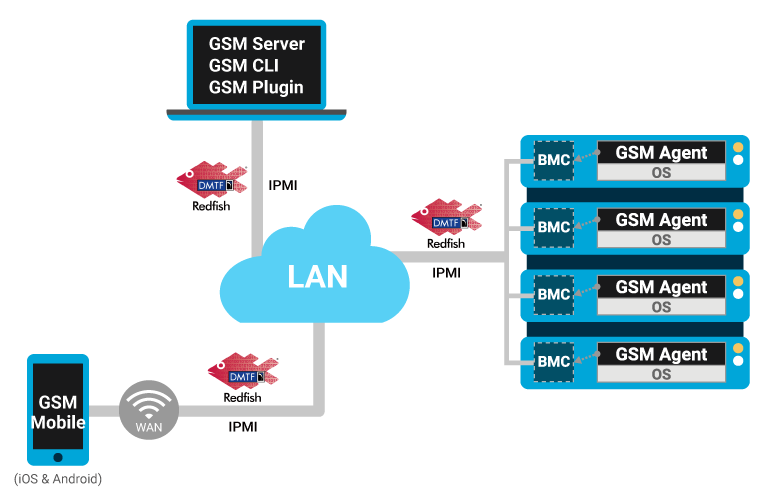

 US Dollars
US Dollars
 United Arab Emirates Dirham
United Arab Emirates Dirham
 Euro
Euro
 British Pound
British Pound
 Turkish Lira
Turkish Lira
 Canadian Dollar
Canadian Dollar
 South African Rand
South African Rand
 Indian Rupee
Indian Rupee
 Brazilian Real
Brazilian Real
 Indonesian Rupiah
Indonesian Rupiah
 Singapore Dollar
Singapore Dollar
 South Korean Won
South Korean Won
 Japanese Yen
Japanese Yen
 Chinese Yuan
Chinese Yuan
 Mexican Peso
Mexican Peso
 Qatari Rial
Qatari Rial
 Saudi Riyal
Saudi Riyal



















